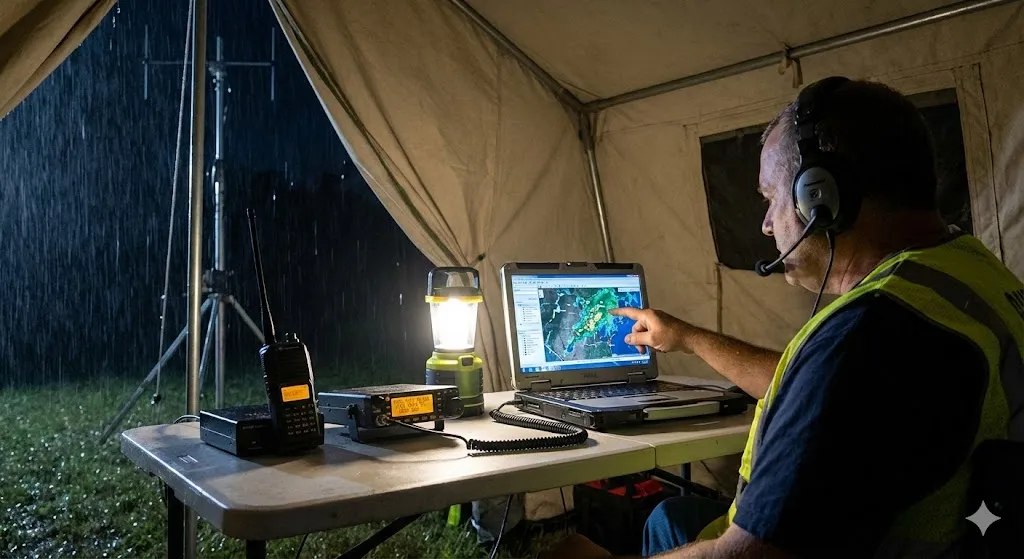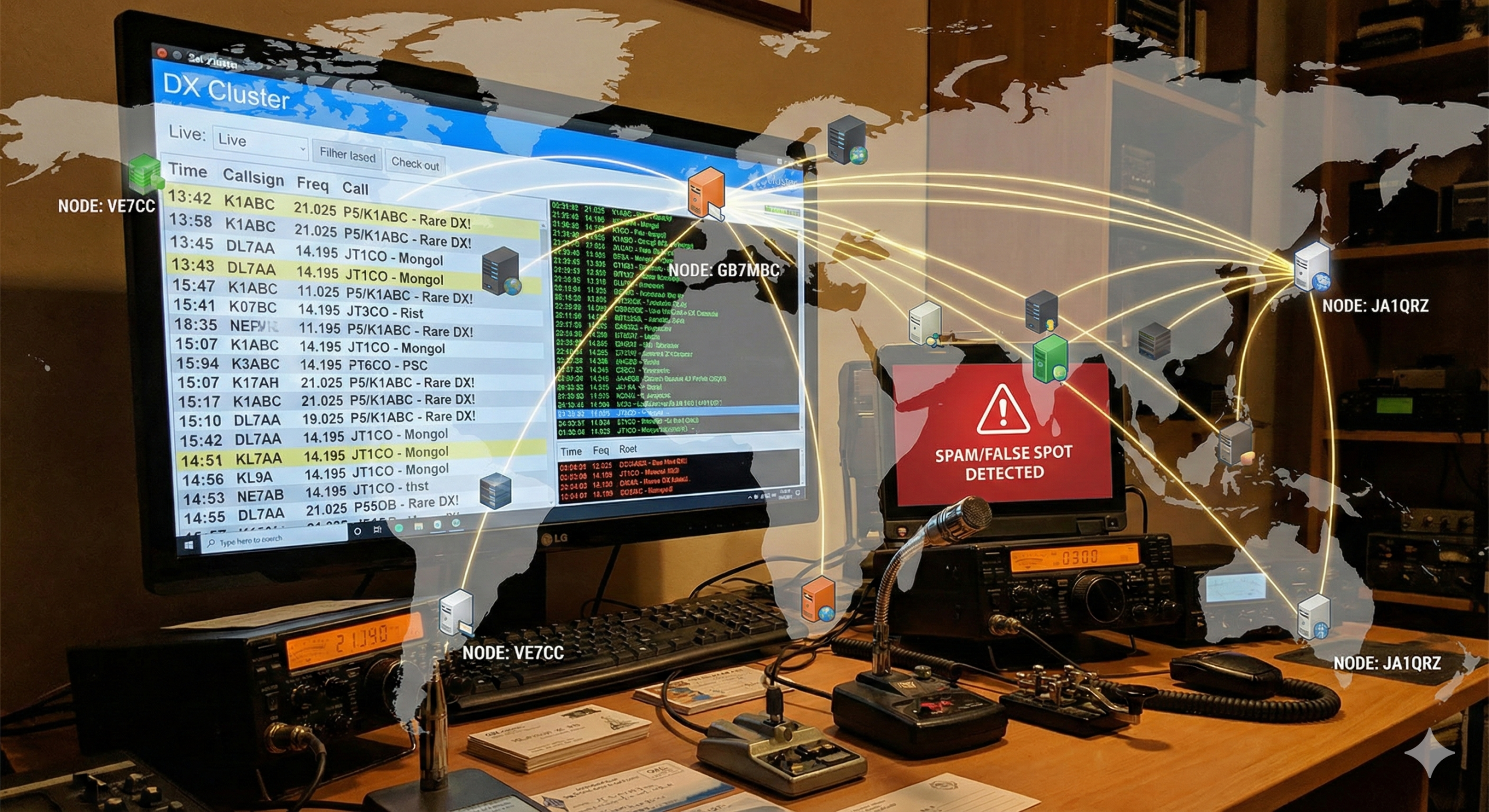Open Source Amateur Radio Projects
Introduction
Open source software is software that is freely available to use, modify, and distribute. This makes it ideal for collaborative projects, as developers can share their work and build on each other’s ideas.
The amateur radio community has been a major contributor to the open source software movement. In the early days of computing, amateur radio operators were often the only people who had access to the necessary hardware and software to develop and test new technologies. As a result, they played a key role in the development of many of the early open source software projects.
Today, there are a wide variety of open source software projects available for amateur radio operators. These projects include everything from simple utilities to complex software applications. Some of the most popular open source amateur radio projects include:
- WSJT-X: A software application that implements a variety of digital modes for amateur radio communication.
- FLdigi: A software application that implements a variety of digital modes for amateur radio communication.
- GQRX: A software application that implements a software-defined radio (SDR) receiver.
- SDRangel: A software application that implements a software-defined radio (SDR) receiver.
- OpenWebRX: A web-based software application that allows users to access and control a remote SDR receiver.
- HamSphere: A software application that implements a virtual amateur radio network.
- EchoLink: A software application that allows amateur radio operators to communicate over the Internet.
- AllStar Link: A software application that allows amateur radio operators to connect to a variety of repeaters and other amateur radio stations over the Internet.
These are just a few of the many open source software projects that are available for amateur radio operators. These projects provide a valuable resource for amateur radio operators of all levels, and they help to make the hobby more accessible and enjoyable.
History of Open Source
The concept of open source software has its roots in the early days of computing. In the 1950s and 1960s, software was typically proprietary, meaning that it was owned and controlled by a single company. This made it difficult for users to modify or share software, and it limited the ability of developers to collaborate on new projects.
In the 1970s, a group of programmers led by Richard Stallman began to develop a new type of software that would be free for anyone to use, modify, and distribute. This software was called “free software,” and it was the precursor to what we now know as open source software.
The free software movement gained momentum in the 1980s and 1990s, as more and more developers began to embrace the idea of open source software. In 1998, the Open Source Initiative (OSI) was founded to promote the use of open source software and to develop a set of guidelines for open source licenses.
Today, open source software is used in a wide variety of applications, from operating systems to web browsers to scientific software. It is estimated that over 80% of all software development is now done using open source software.
Conclusion
Open source software is a valuable resource for amateur radio operators. It provides a wide range of tools and applications that can help amateur radio operators to communicate, learn, and experiment. I encourage all amateur radio operators to explore the many open source software projects that are available, and to contribute to the open source community by sharing their own work and ideas.






Post Comment